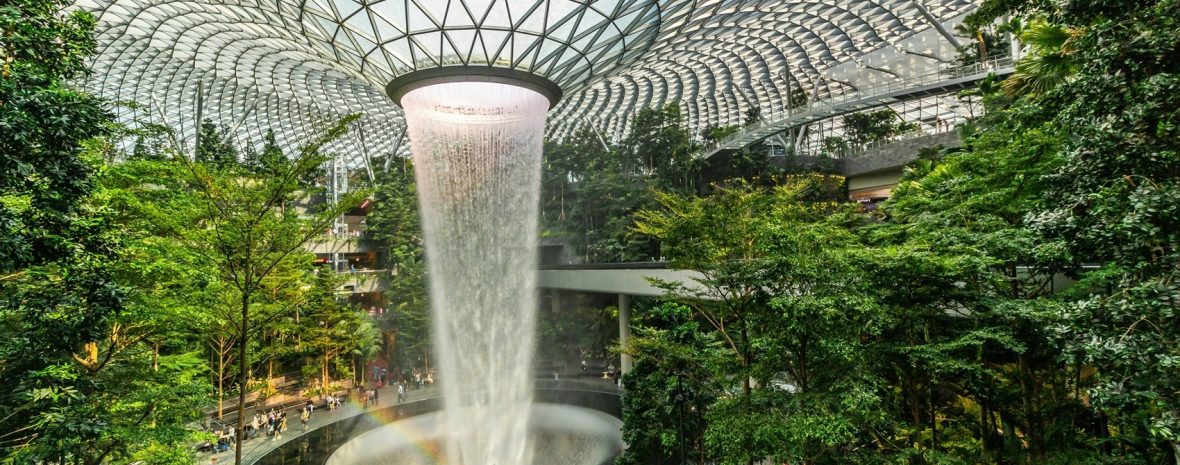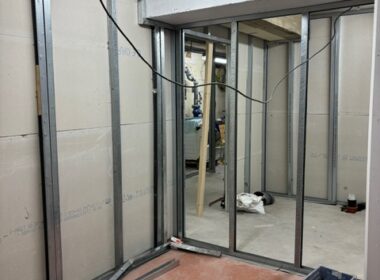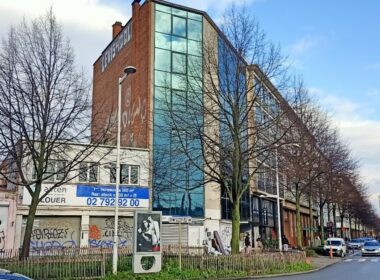The context in which we find ourselves today is paradoxical. First, to avoid exceeding the planet’s natural limits, our society has to relearn to respect nature. However, it has never been so disconnected from nature.
All of our efforts are focused on searching for solutions to reduce our environmental impact, but we underestimate the potential of tackling the problem from the other direction. It is not just a question of finding solutions, but of getting back in touch with the reasons that drive us to act.
This is where biophilia comes into play. Biophilia is our innate tendency to connect with nature, which is essential for our health and well-being, especially in a world where this connection has grown weaker. This connection, resulting from 200,000 years of coevolution between humans and their natural environment, has been erased by our urban way of life, creating generational amnesia. To remedy this, it is essential to reincorporate biophilia into our daily lives. Because, although the term and its study are recent, biophilia itself is deeply rooted in our DNA and still will be in 2000 years.
Biophilic design consists of incorporating natural elements into our built environments, in particular through light, shapes, colours and textures that stimulate our five senses. This approach aims to link positive psychological responses to our interactions with nature. Certain studies, such as that by Terrapin in 2013, have shown that these elements have beneficial effects on our well-being, such as reducing stress and increasing self-confidence. For example, water has a calming effect, the organic patterns of art nouveau foster well-being and views of natural landscapes help to reduce anxiety. By identifying and reproducing these natural patterns, we can therefore stimulate our mental well-being.
Cities are an important playing field for making biophilia accessible to all. Many initiatives can help incorporate biophilic elements into the urban environment, thereby promoting the interaction of residents with their environment. The Biophilic Cities label recognises cities that promote connections between humans and nature. Examples of biophilic implementation include themed walks, urban vegetable gardens, green corridors and any point of interaction with nature.


The incorporation of biophilic design into buildings is crucial. By reorganising spaces according to the natural patterns that we choose to implement, it is possible to create spaces that are relaxing, stimulating or conducive to concentration. For example, office spaces can be designed to optimise the entry of natural light and provide views of nature, fostering good working conditions. Conversely, relaxation spaces can be decorated with organic materials and colours inspired by nature, reducing stress and fostering well-being.
This principle of incorporating biophilic design into buildings can also be applied by individuals and with a limited budget. Anyone can adapt their living space, even if it is a rented property. By featuring certain natural patterns in your living room, bedroom or kitchen, it is possible to create a living environment that promotes well-being and enhances connection with nature.

We have everything to gain from cultivating our affinity for nature at every level. Biophilia increases our mental well-being and strengthens our connection with nature, fostering our commitment to the environment. This is a key element for establishing a sustainable society. We (SuReal, author of this article) are therefore calling on any public or private bodies, or any architecture firms wishing to grow biophilic design in Brussels. We are at your disposal to support you via a workshop or collaborate on your competitions or your projects. Together, we will make Brussels a biophilic city.
Hadrien Cruyt – Sustainability Consultant at SuReal





